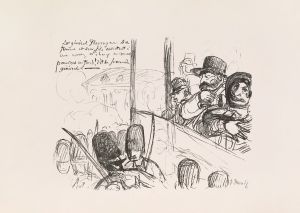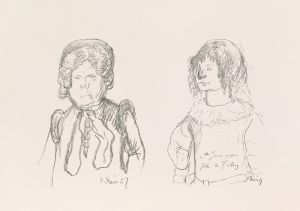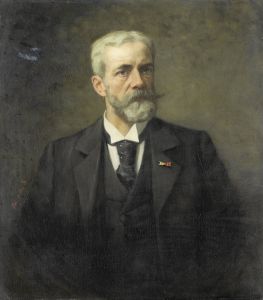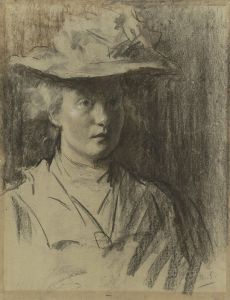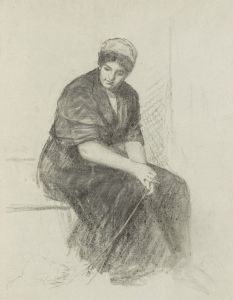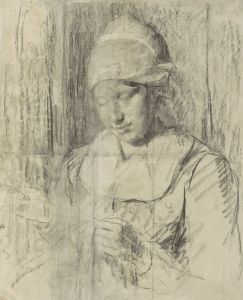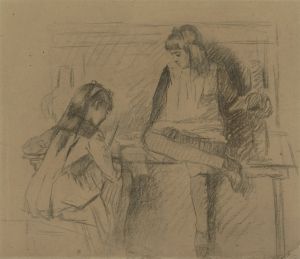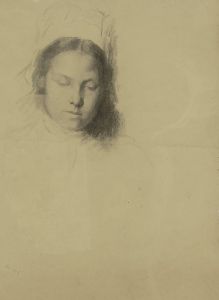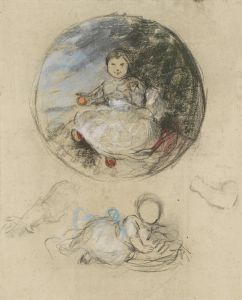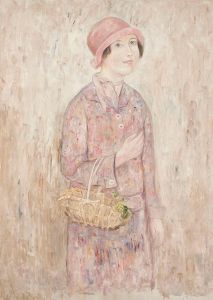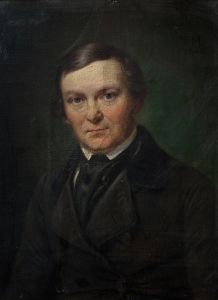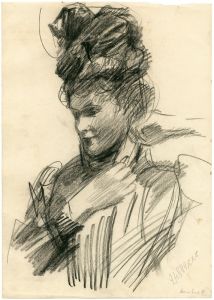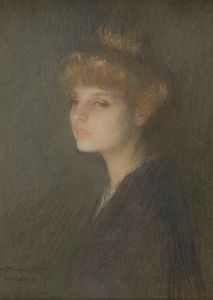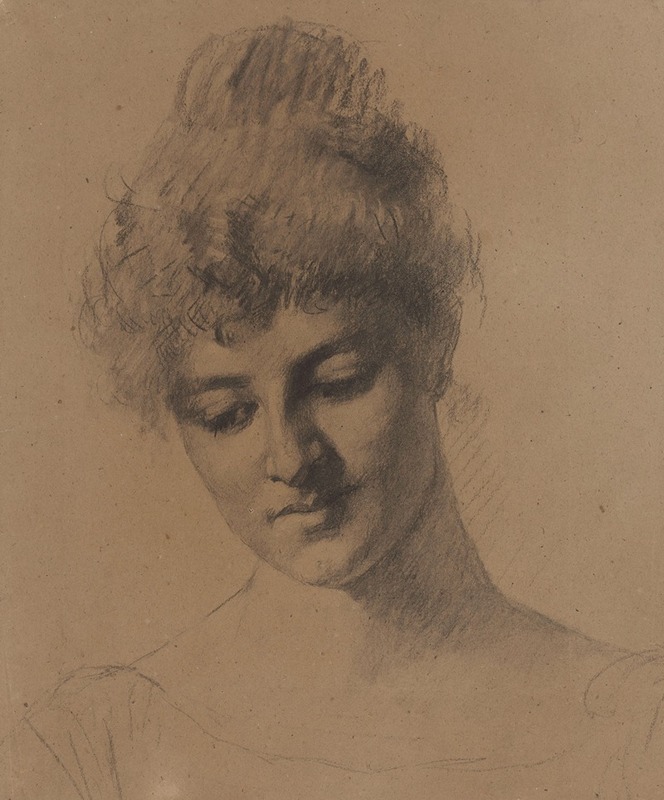
Fortunati, een Italiaans model
A hand-painted replica of Thérèse Schwartze’s masterpiece Fortunati, een Italiaans model, meticulously crafted by professional artists to capture the true essence of the original. Each piece is created with museum-quality canvas and rare mineral pigments, carefully painted by experienced artists with delicate brushstrokes and rich, layered colors to perfectly recreate the texture of the original artwork. Unlike machine-printed reproductions, this hand-painted version brings the painting to life, infused with the artist’s emotions and skill in every stroke. Whether for personal collection or home decoration, it instantly elevates the artistic atmosphere of any space.
Thérèse Schwartze was a renowned Dutch portrait painter known for her ability to capture the essence and character of her subjects with remarkable skill and sensitivity. Born in Amsterdam in 1851, Schwartze came from a family with a strong artistic background. Her father, Johan Georg Schwartze, was also a painter, and he played a significant role in nurturing her talent from a young age. Thérèse Schwartze's career flourished during the late 19th and early 20th centuries, a period when she became one of the most sought-after portrait artists in the Netherlands.
One of her notable works is "Fortunati, een Italiaans model," which translates to "Fortunati, an Italian Model." This painting exemplifies Schwartze's mastery in portraiture, showcasing her ability to depict her subjects with both realism and a sense of personality. Although specific details about the painting "Fortunati, een Italiaans model" are limited, it is known that Schwartze often painted portraits of individuals from various backgrounds, capturing their unique traits and expressions.
Schwartze's technique was characterized by her adept use of light and shadow, which added depth and dimension to her portraits. Her brushwork was precise yet fluid, allowing her to render textures and details with great accuracy. This skill is evident in her portrayal of fabrics, skin tones, and facial expressions, which brought her subjects to life on the canvas.
Throughout her career, Thérèse Schwartze received numerous commissions from prominent figures in society, including members of the Dutch royal family, politicians, and wealthy patrons. Her ability to convey the status and personality of her subjects made her a favorite among the elite. Despite the societal constraints of her time, Schwartze achieved significant success and recognition, both in the Netherlands and internationally.
In addition to her technical prowess, Schwartze's work is noted for its emotional depth. She had a keen eye for capturing the mood and character of her sitters, often conveying a sense of intimacy and immediacy in her portraits. This quality is likely present in "Fortunati, een Italiaans model," as Schwartze's portraits typically reflect her deep understanding of human nature and her ability to connect with her subjects.
Thérèse Schwartze's contributions to the art world extend beyond her individual works. She was a prominent figure in the Dutch art scene and played a role in advancing the position of women artists during her time. Her success and reputation helped pave the way for future generations of female artists, challenging the traditional gender roles in the art world.
In summary, while specific details about the painting "Fortunati, een Italiaans model" are scarce, it is a testament to Thérèse Schwartze's exceptional talent as a portrait artist. Her ability to capture the essence of her subjects with technical skill and emotional insight has left a lasting impact on the art world. Schwartze's legacy continues to be celebrated, and her works remain an important part of Dutch cultural heritage.





